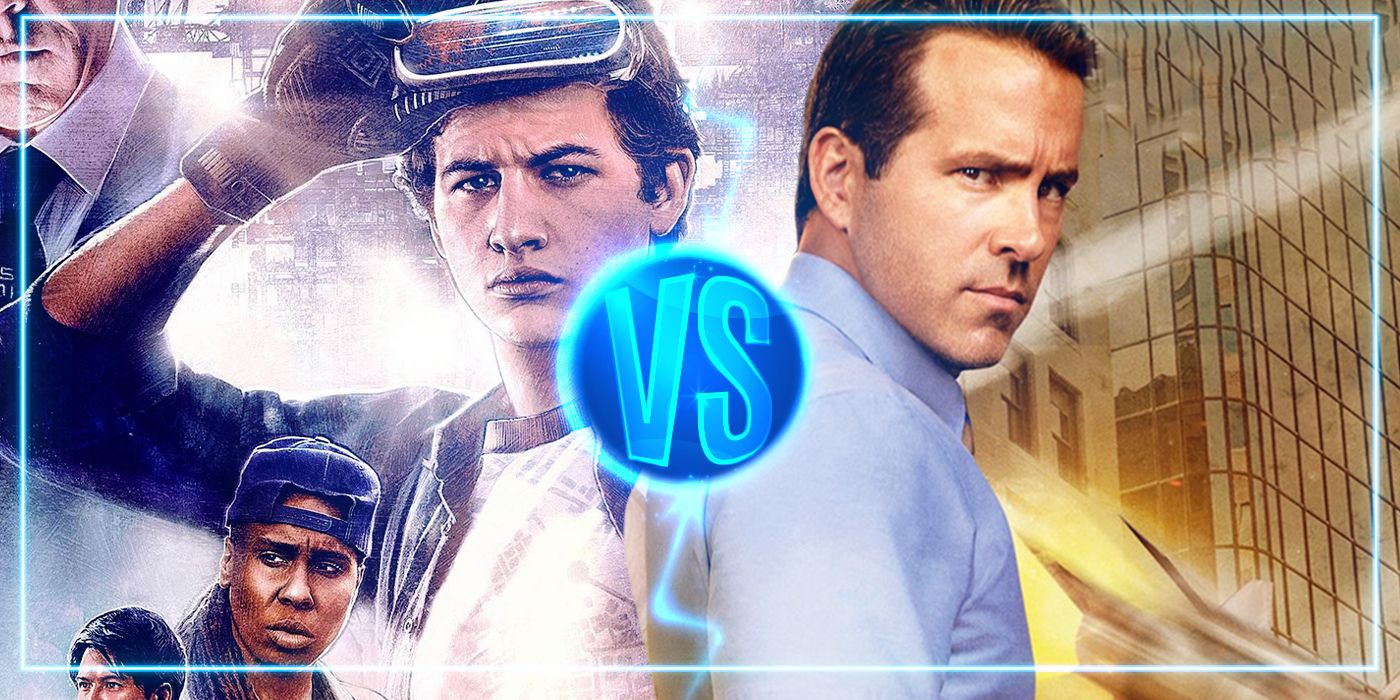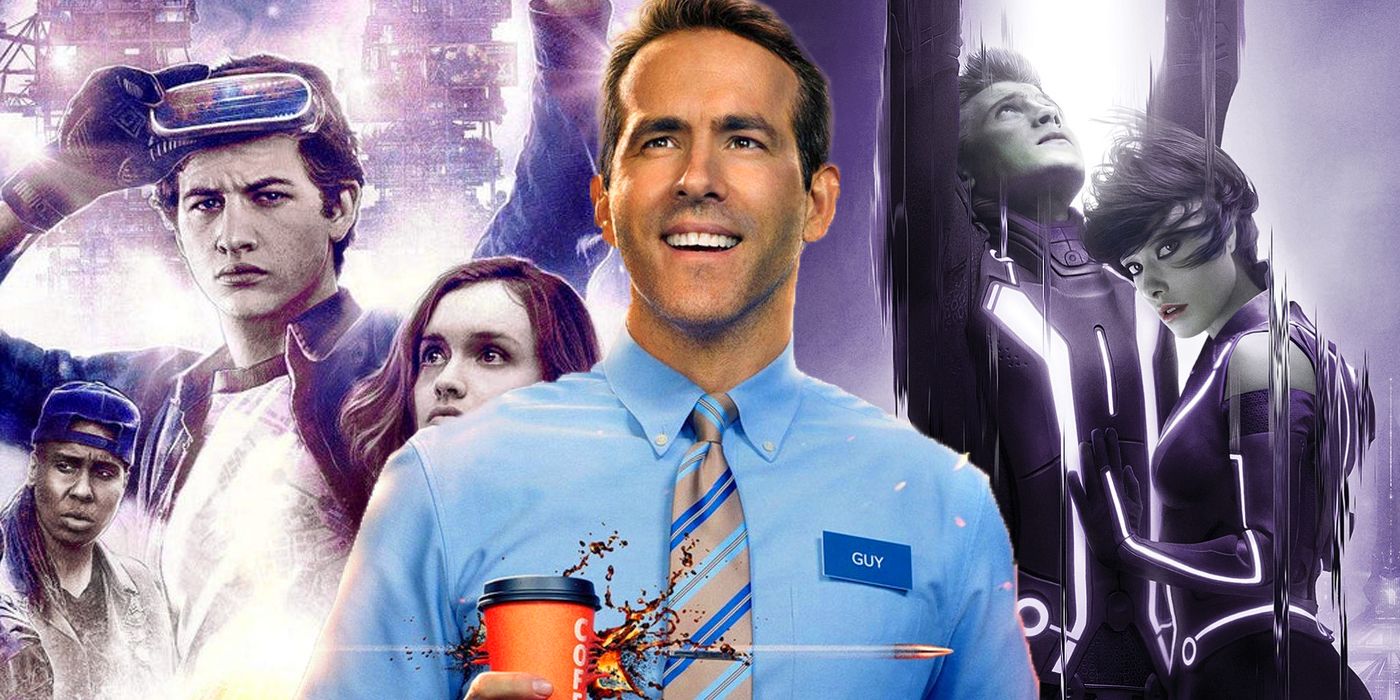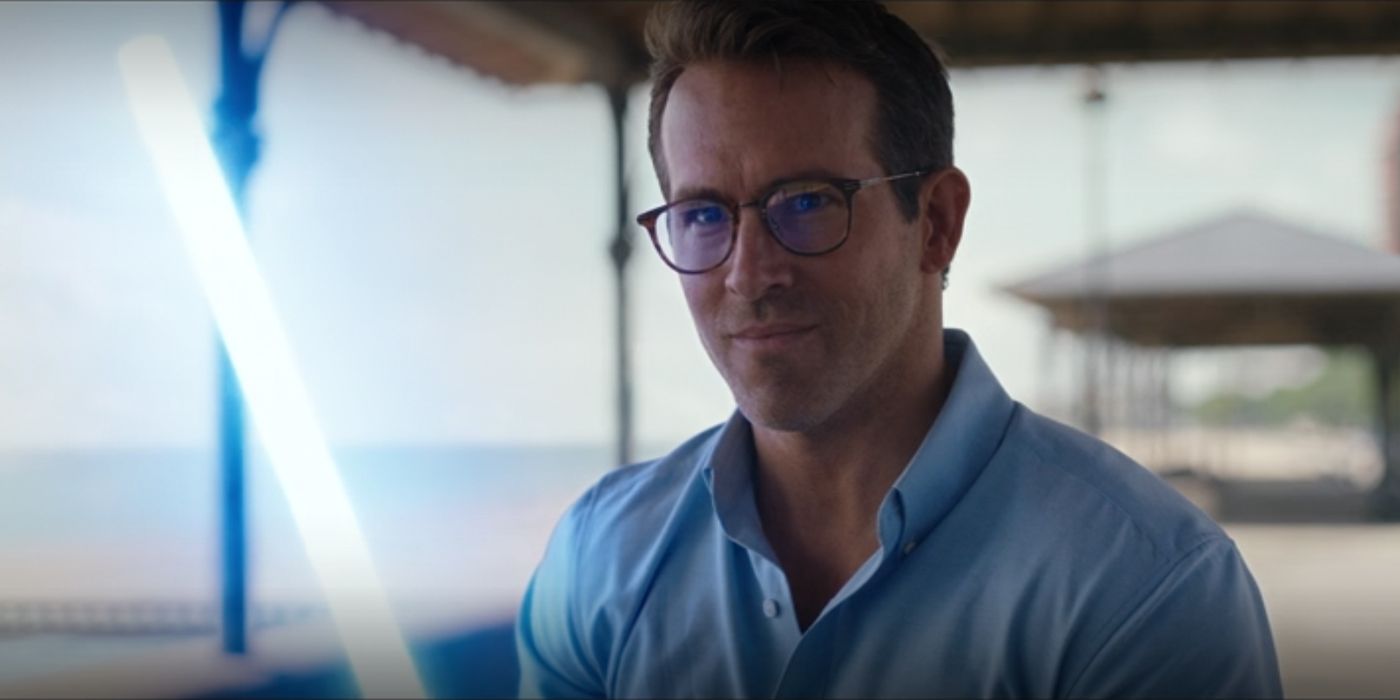Ready Player One did very well in the global box office but it was noticeable to fans of the book how the movie had to awkwardly circumvent licensing issues with existing franchises as a Warner Brothers property. Some of the best emotional moments or important plot points from the book had to be aborted because Warner Bros did not have the rights to so many of the properties referenced in Ernest Cline's bestselling novel. Because of the vast amount of content that now lives under the arc of Disney's shooting star, Free Guy was able to integrate a lot of disparate but immediately recognizable pop culture artifacts to great effect. The Ready Player One manuscript reads like and Encyclopedia Brittanica of 80's nerd culture and that vision needs to be filmed.
Given the track record of major studios colliding like Voltron to share costs and profits beneath the banner of significant brands that would benefit from a bit of cinematic symbiosis, a sequel to either film or a brain melting synthesis of both, could be the ultimate pop reference mix tape. In addition to the sentimentality inherent to the bygone era of the analog age, each sequel could also approach the positive and negative aspects of the culture they inhabit with more tools in their creative kit. Free Guy's comparisons to other films like The Lego Movie aside, its true kindred spirit is Ready Player One.
There is a moment in the book when Parzival, the online avatar of the main character Wade Watts, is stumped about where to go and what to do in his quest to find the next clue in the massive multiplayer Easter egg hunt with a real life fortune as the prize. He ventured toward the virtual planet Archaide, home to a vast museum of coin operated stand alone video game machines, that resembled a pixelated version of the Death Star from orbit. Descending into a cavern to the theme of Def Lepard, Parzival uses a holographic map to navigate the labyrinthine underground complex, uses a laser torch to try and abscond with a curio or two and contemplates ordering a pizza in the virtual world that would have been delivered to him minutes later in the real one. After becoming frustrated with the time spent on a fruitless search he stumbles upon a Pac-Man arcade cabinet and begins to play the game of his life.
During the session, Parzival mentions "the glow" from the Last Dragon, borrows adrenaline from the pop songs piping into the pizza arcade where he was dominating the joystick and memorialized the ancient tradition of placing a quarter on the cabinet ledge to indicate that the bearer of the coin had next. Parzival attains the perfect score, something that had only been accomplished 20 or so times in sixty years and is rewarded with a mysterious token for his trouble that gives him no advantage in finding the Jade Key he is searching for, but takes up a useless slot in his inventory that he isn't able to alter in any way. At a key moment in the book Parzival discovers that this innocuous quarter symbolizes an extra life in the OASIS and is a key component to his eventual triumph. However that is not the reason this scene is so emblematic of what is so intoxicating for fans of the book that is lost in the film.
The references to various iconic properties is rampant in both but in many instances the movie is touching upon a cultural norm that has been lost to the advance of time and technology or a moment that is rendered significant because of how it interplays with a specific reference. Attempting to achieve a perfect score in a game of Pac-Man is analogous to an athlete dunking from behind the free throw line in that it is has been done but so rarely as to remain as a benchmark of the highest magnitude. Much as Hugh Jackman was able to translate the act of hacking a complex firewall as a feat of athleticism in Swordfish, this scene could have delivered a visceral moment of accomplishment and anthropology to even those who are uninitiated with the scope of the feat. Its richness derives from Bruce Leroy's signature golden aura while thrumming to a ubiquitous pop beat as the backdrop tapestry of this transcendent accomplishment.
However making that scene come to life is currently impossible because it lives behind its own firewall, one generated by the nebulae of fractured film rights that exist in the all too real world. The 2015 movie Pixels, which featured Pac-Man, Mega Man and Donkey Kong among others was released theatrically by Sony Pictures. Paramount owns the Star Trek and Dungeons and Dragons film properties, both of which were prominently featured in the first book and girded the mechanics of how the OASIS actually functioned. Disney now owns Star Wars and Marvel, which Free Guy used to tremendous satisfaction, but is also the home of Tron whose light bike sequence was nixed, though replacing it with Kaneda's bike from Akira was a glorious substitution. Amazon holds the television rights to Lord of the Rings but Tolkien's estate has entered into litigation with Warner Bros and New Line Cinema over the years over how some of the digital rights have been used. Sony also houses many video game properties and animated vehicles like the groundbreaking Robotech series which were also referenced in the book.
Sony and Disney were able to make the Spider-Man integration into the MCU a reality based upon a profit sharing agreement that has certainly been fraught, but ultimately successful. This has created a blueprint to how a larger partnership might take place from a variety of studios that are all looking to capitalize on the fond wistfulness that is so savory to audiences and also test the market for reboot engines that could drive sales for each of them going forward. Hollywood is infamously risk averse to original material so the opportunity to pour relatively minimal resources into an enterprise that has product placement as a native feature of its DNA would seem to offer a tempting platform for studios to make it happen.
A Free Guy script for the sequel is nearly finished while talks of other potential spin-offs are already underway. Ready Player Two is said to be in early development and follow the saga of Wade Watts in another Easter egg hunt with new integrated technology, just as Cline's book of the same name. The two films both made good use of the intellectual property at their disposal and one could argue about which one did it more effectively, but the true genius would be in finding a way for them to share a universe that would represent the massive collaboration necessary for each of them to summon all the nostalgic nodes at their disposal.



